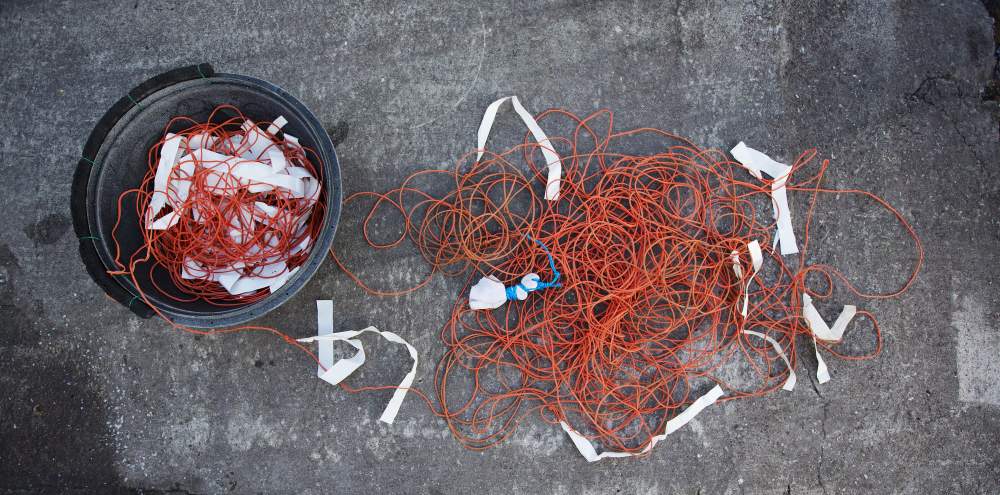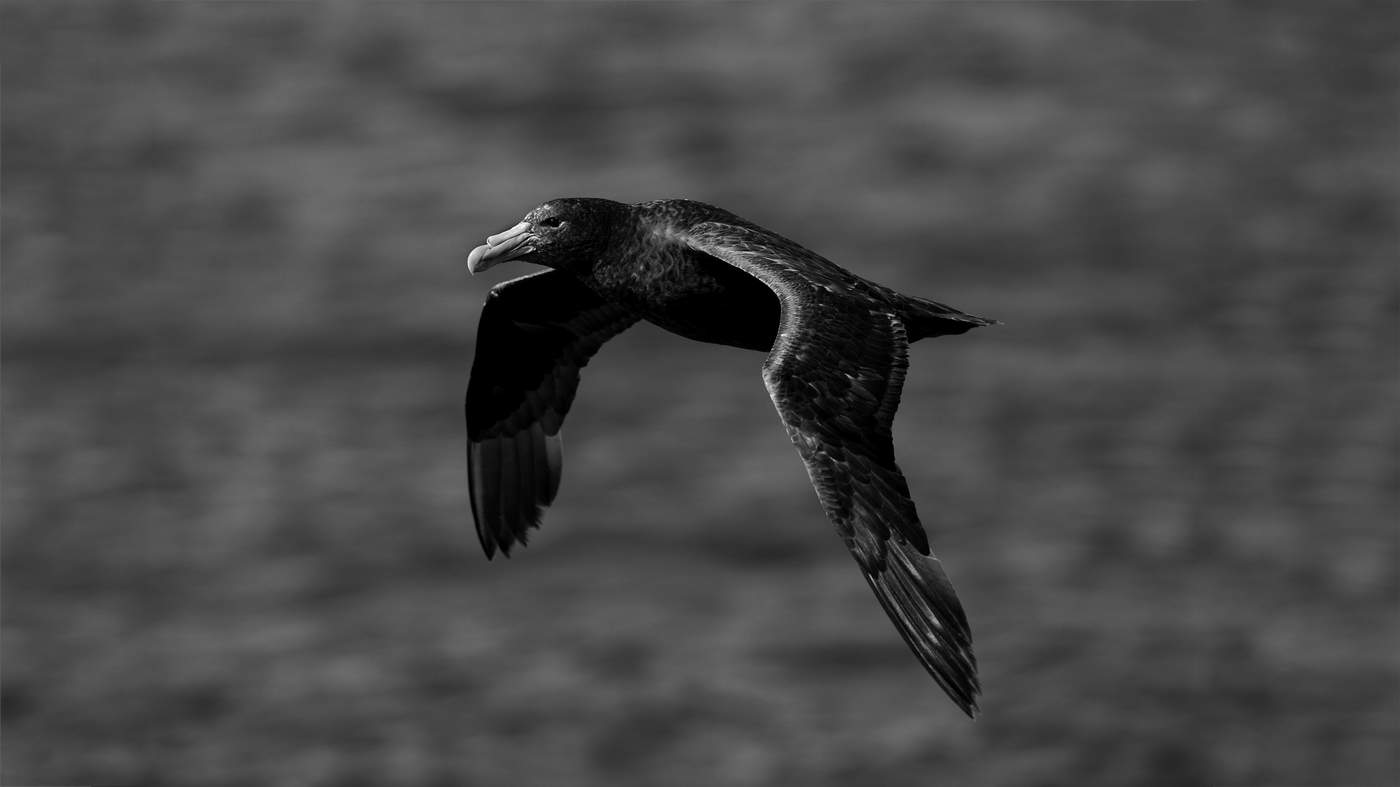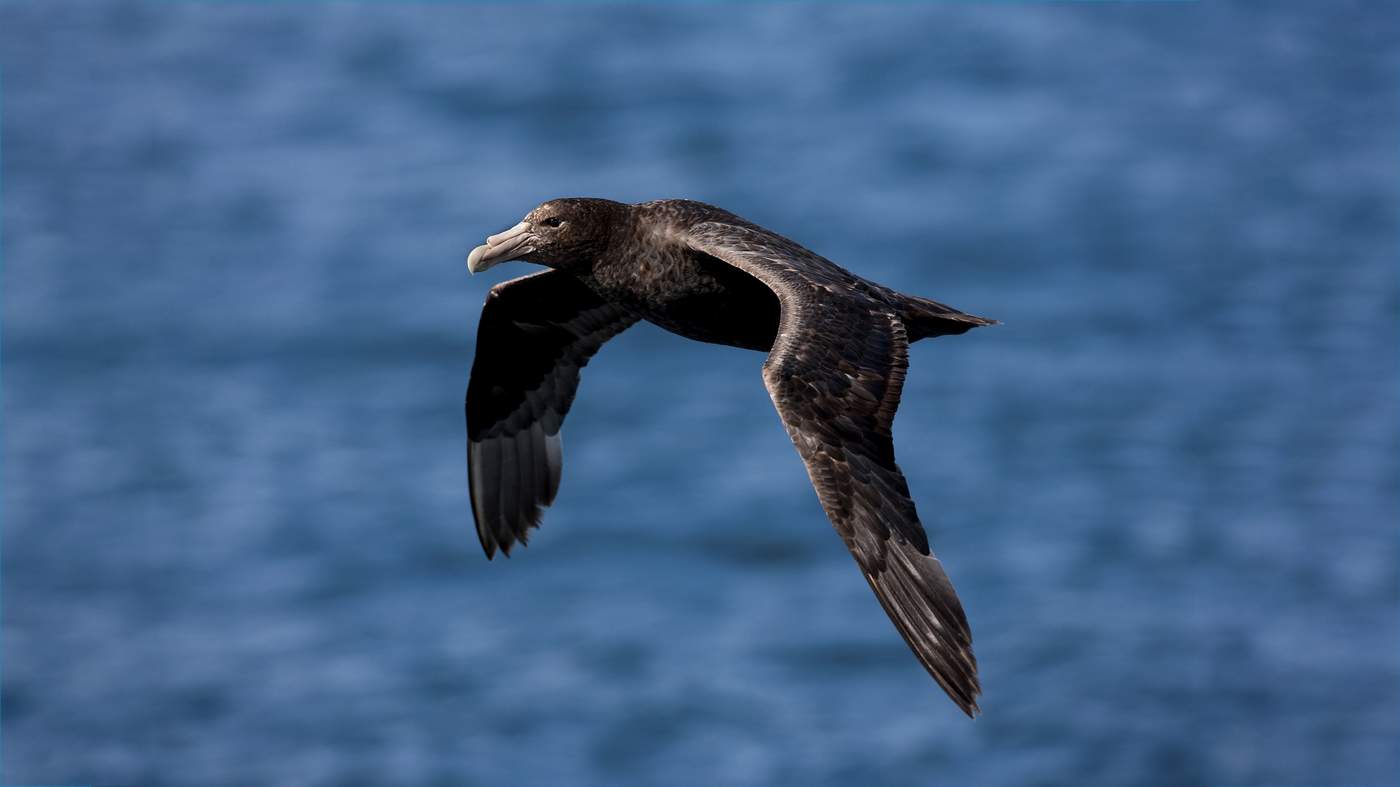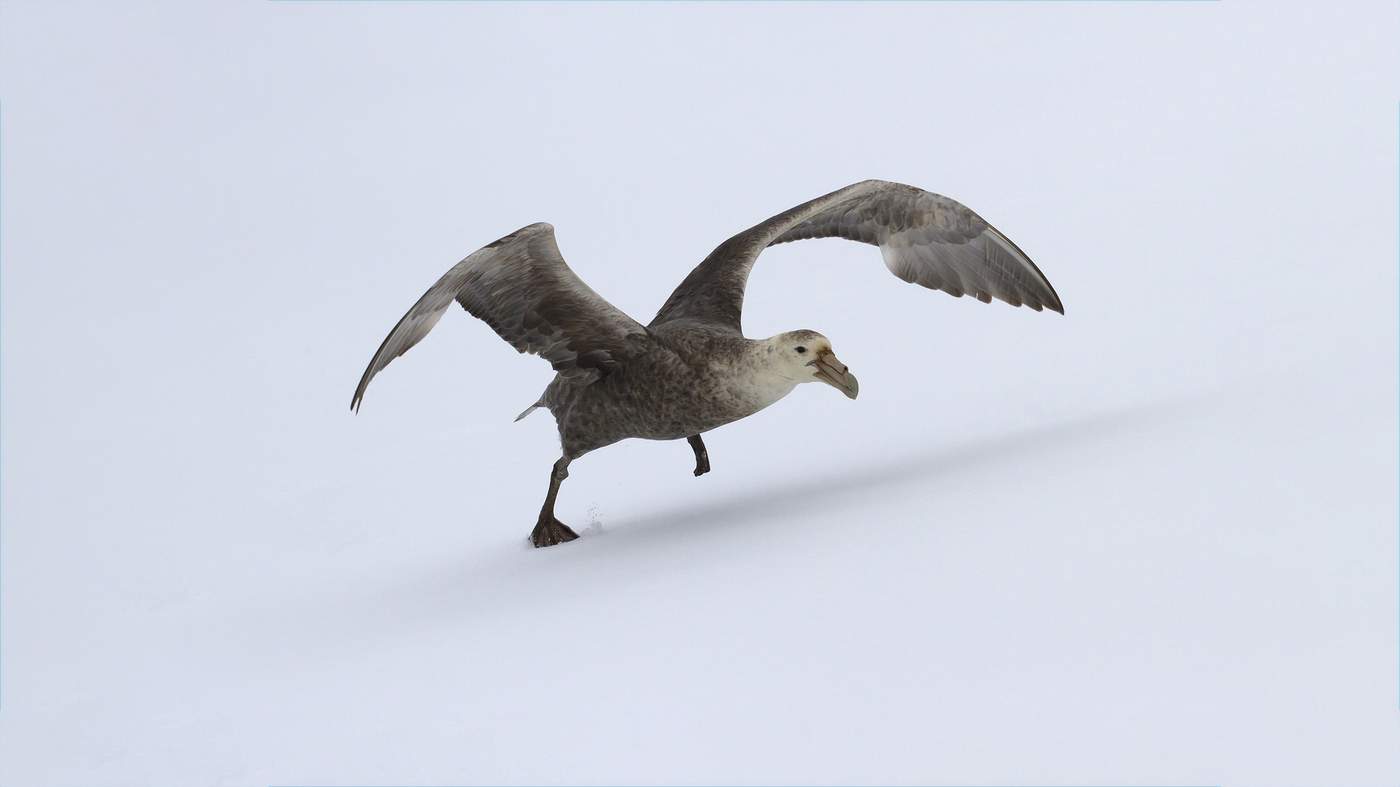In the early days of toothfish fishing in the Southern Ocean, many thousands of endangered albatrosses and petrels were killed annually, threatening important populations.
Since then, most fisheries have made significant progress in reducing mortality rates by changing fishing practices in line with the Convention on the Conservation of Antarctic Marine Living Resources (CCAMLR) requirements.
Albatross deaths in licensed longline fisheries have effectively been eliminated by setting and hauling lines only at night.
The fishery implemented a number of measures to reduce interactions with seabirds, including;
- Increasing the weight of fishing lines so that they sink faster
- Using white lines that are less visible to birds
- Improving the design of Tori lines (multi-coloured streamer lines hung vertically above the longline as it is set) to deter birds from diving to eat the baited hooks attached to longlines
- Using a protective barrier of hanging streamers to keep birds away from the hauling point while the lines are hauled in
- Closing the fishery during the grey petrel breeding season, from 1 February to 15 March.

Tori lines scare birds away from the hooks which helps to reduce mortalities
“There’s been a dramatic decline in seabird mortality in Antarctic fisheries in recent years. MSC certification recognises the improvements that we have made to meet best practice in reducing seabird bycatch.”
In addition, as an incentive to individual vessels to improve their performance, those with lower rates of seabird mortality are granted a slightly higher share of the overall toothfish quota – although auditors have said they would like to see more of a cooperative system for sharing best practice across the fleet.
The latest surveillance report concluded that the fishery was well ahead of its target for reducing seabird mortality. In 2014-15, a total of 80 birds were killed or injured. Just three dead grey petrels were reported.
While any seabird bycatch is regrettable, the rate of mortality is unlikely to have any negative impact on petrel populations and is a vast improvement on the situation before MSC certification.
Share this story:
Big data, bigger lobsters - How better data on lobster populations helps to manage stocks sustainably >
Follow us on Facebook
All images subject to copyright











